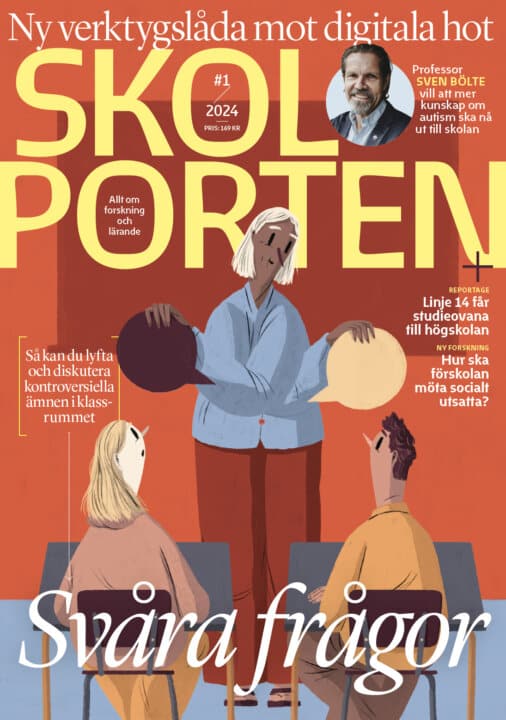Linguistic Challenges in Science Education: A Classroom Study of Teachers’ and Students’ use of Central Concepts in Genetics
Karin Thörne har utforskat språkliga aspekter av genetikutbildning med syfte att öka förståelsen av hur lärare presenterar genetikinnehåll i klassrummet.
Karin Thörne
Professor Niklas Gericke, Karlstads universitet Professor Anders Arnqvist, Uppsala universitet
Professor Anta Yarden, Weizmann Institute of Science, Israel
Karlstads universitet
2018-06-08
Linguistic Challenges in Science Education: A Classroom Study of Teachers’ and Students’ use of Central Concepts in Genetics
Institutionen för miljö- och livsvetenskaper
Linguistic Challenges in Science Education: A Classroom Study of Teachers’ and Students’ use of Central Concepts in Genetics
This thesis examines linguistic aspects of genetics education and is based on the view that language is an essential dimension of teaching and learning. Its objective is to clarify how teachers and students use genetics concepts in real teaching situations. By studying the spoken language used in lessons, I explore how teachers present the subject and the opportunities students have to learn to use the specific language of genetics. These explorations help explain why genetics is such a challenging topic to teach and learn, as shown by previous studies. My study is based on observations and recordings of genetics lessons for grade nine students, i.e. students in the final year of compulsory education in the Swedish school system. Four classes were followed as they progressed through the genetics unit. The corpus was analyzed with different linguistic methods to reveal patterns in the way teachers use and interrelate core concepts such as gene, DNA and chromosome, how they connect the concepts of gene and trait, and how students are involved in dialogue about core genetics concepts. Teachers were found to use genetics concepts with varying meanings and interrelated words in many different ways, resulting in an ambiguous and inconsistent communication of the genetics content in the classroom. The students used the genetics concepts much less frequently than the teachers, and mainly used them in short sentences. This suggests that current teaching practices do not give students enough opportunities to develop the language of genetics. My results demonstrate several aspects of classroom talk that could contribute to the learning difficulties associated with genetics. It will be important to take these aspects into account when seeking to improve the teaching of this subject.
Relaterade länkar

Fritidshem
 Åk F–6
Åk F–6 Matematikångest
 Åk 4–Vux
Åk 4–Vux 






